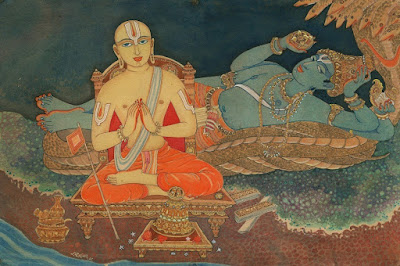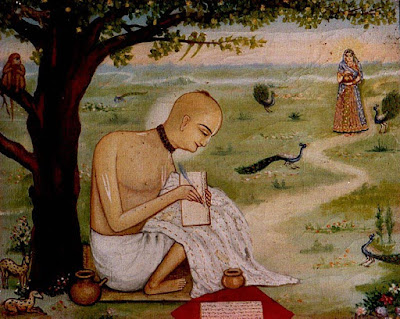Bhakti Sandarbha 202 : The Necessity of Guru : Different Types of Sadhus Give Different Types of Bhakti

This section was posted in part some time ago. Bhakti Sandarbha 202: The two devotional proclivities and taking a Guru The anuccheda has five sections, four of which are in the previously published article. This is the remaining section, which summarizes the previous definitions of a devotee. Anuccheda 202 The Necessity of Guru : Different Types of Sadhus Give Different Types of Bhakti 202.1 The Broader Definitions of a Vaiṣṇava त एते हि वैष्णवाः सन्तो महत्त्वेन सन्मात्रत्वेन च विभिद्य निर्दिष्टाः। सन्मात्रभेदतारतम्यं चात्र यदविविक्तं तद्भक्तिभेदनिरूपणे पुरतो विवेचनीयम्। अन्ये तु स्वगोष्ठ्यपेक्षया वैष्णवाः। Up to this point, we have shown the various subdivisions of Vaiṣṇava saints within the broader classifications of mahat , those situated in various degrees of perfection, and those who are simply sat , exhibiting saintly character. The different levels of saints that have not been elaborated here will be discussed later while enumerating the various classific



